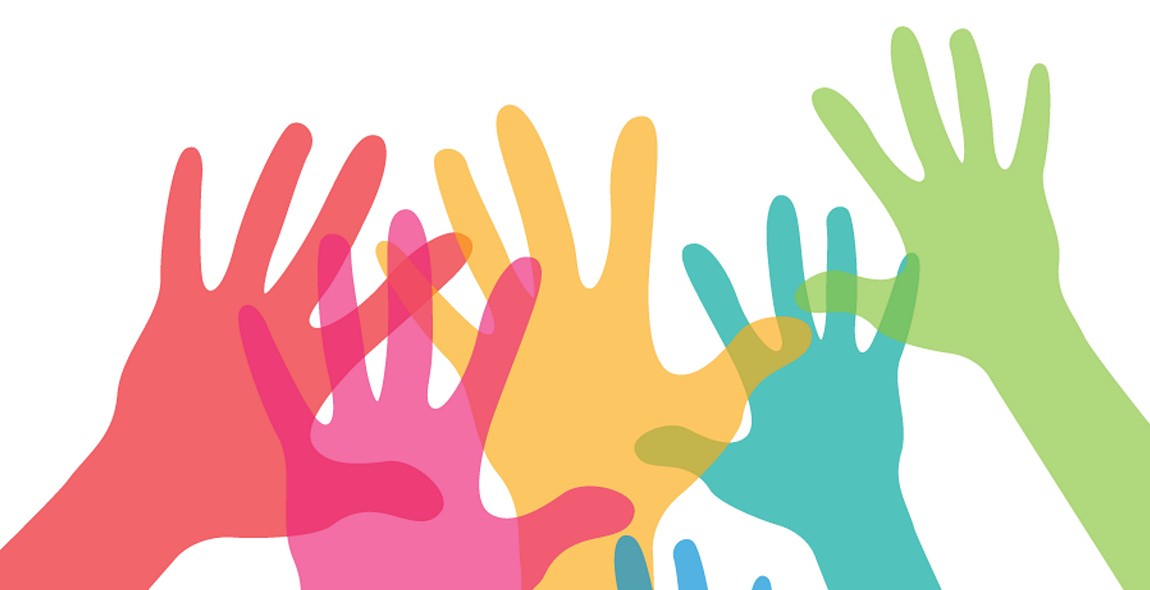Depression vs Sadness: Knowing the Difference
As someone who has personally experienced both depression and sadness, I understand the importance of recognizing the differences between the two. Depression and sadness are often used interchangeably, but they are distinct emotional states with distinct causes and symptoms.
The Weight of Sadness
Sadness is a natural human emotion that we all experience at times. It is usually triggered by a specific event or circumstance, such as the loss of a loved one, a breakup, or a disappointment. Sadness is a temporary state that comes and goes, and it is a normal part of the human experience. While sadness can be intense and overwhelming, it does not typically interfere with daily functioning.
The Depths of Depression
Depression, on the other hand, is a more complex and long-lasting condition. It is a mental health disorder that affects millions of people worldwide. Depression is characterized by persistent feelings of sadness, hopelessness, and a loss of interest in activities once enjoyed. It can significantly impact a person’s ability to function in their daily life, affecting their work, relationships, and overall well-being.
Recognizing the Signs
It is crucial to recognize the signs and symptoms of depression to seek appropriate support and treatment. Some common symptoms of depression include a persistent low mood, changes in appetite and sleep patterns, loss of energy, difficulty concentrating, and thoughts of self-harm or suicide.
Understanding the distinction between depression and sadness is essential for both individuals experiencing these emotions and their loved ones. By recognizing and addressing depression, we can provide the support and resources necessary for healing and recovery.
Understanding Sadness
Sadness is a universal human emotion that we all experience at some point in our lives. It is a natural response to certain situations or events that can leave us feeling down, low, or unhappy. While sadness is a normal and temporary emotional state, it can become overwhelming and turn into something more serious if not properly addressed.
What is Sadness?
Sadness is often characterized by feelings of emptiness, sorrow, or grief. It can be triggered by a variety of factors such as loss, disappointment, rejection, or even a major life change. When we experience sadness, it is important to recognize and acknowledge our feelings rather than suppressing them. By allowing ourselves to feel sad, we can better understand our emotions and work towards finding healthy ways to cope.
Causes of Sadness
Sadness can be caused by various factors, and the intensity and duration of sadness may vary from person to person. Some common causes of sadness include:
- Loss: The death of a loved one, the end of a relationship, or the loss of a job can all trigger feelings of sadness and grief.
- Disappointment: Failing to achieve a goal, experiencing rejection, or facing setbacks can lead to feelings of sadness.
- Loneliness: Feeling isolated or disconnected from others can contribute to feelings of sadness.
- Stress and Change: Major life changes, such as moving to a new city or starting a new job, can cause feelings of sadness due to the stress and uncertainty involved.
- Trauma: Experiencing a traumatic event can lead to profound sadness and emotional distress.
Symptoms of Sadness
When we are sad, our emotional and physical well-being can be affected. Some common symptoms of sadness include:
- Feelings of hopelessness or despair: A pervasive sense of sadness that persists over time.
- Loss of interest or pleasure: A lack of motivation or enjoyment in activities that were once enjoyable.
- Changes in appetite: An increase or decrease in appetite, leading to weight gain or weight loss.
- Sleep disturbances: Difficulty falling asleep, staying asleep, or experiencing excessive sleepiness.
- Fatigue or low energy: Feeling tired or lacking energy, even after adequate rest.
- Difficulty concentrating: Trouble focusing or making decisions.
- Physical symptoms: Headaches, body aches, or digestive problems may accompany feelings of sadness.
It is important to note that these symptoms can vary in intensity and duration depending on the individual and the underlying cause of sadness.

Exploring Depression
As someone who has personally experienced depression, I understand the importance of distinguishing between depression and sadness. While sadness is a normal human emotion that we all experience from time to time, depression is a more pervasive and debilitating condition that requires attention and support.
What is Depression?
Depression is a mental health disorder characterized by persistent feelings of sadness, hopelessness, and a loss of interest or pleasure in activities. It goes beyond the typical ups and downs of life and can significantly impact a person’s daily functioning and overall well-being.
Depression is not a sign of weakness or a character flaw; it is a real medical condition that affects millions of people worldwide. It can occur at any age and can be triggered by various factors, including genetics, chemical imbalances in the brain, traumatic life events, and chronic illnesses.
Causes of Depression
The exact causes of depression are complex and multifaceted. While there is no single definitive cause, several factors can contribute to the development of depression:
- Biological factors: Imbalances in brain chemicals, such as serotonin and dopamine, can play a role in the onset of depression.
- Genetic predisposition: Having a family history of depression can increase the likelihood of developing the condition.
- Environmental factors: Traumatic experiences, chronic stress, abuse, or a major life change, such as loss or divorce, can trigger depression.
- Medical conditions: Certain medical conditions, such as chronic pain, cancer, or hormonal imbalances, can contribute to the development of depression.
- Substance abuse: Drug and alcohol abuse can worsen or trigger depressive symptoms.
Symptoms of Depression
Depression can manifest in various ways, and its symptoms may vary from person to person. Common symptoms of depression include:
- Persistent sadness: Feeling sad or empty most of the time, even when there is no apparent reason.
- Loss of interest: Losing interest or pleasure in activities that were once enjoyable.
- Changes in appetite and weight: Significant weight loss or gain, as well as changes in appetite.
- Sleep disturbances: Insomnia, excessive sleeping, or disrupted sleep patterns.
- Fatigue: Feeling constantly tired, lacking energy, and experiencing a decrease in motivation.
- Difficulty concentrating: Trouble focusing, making decisions, or remembering things.
- Feelings of worthlessness or guilt: Experiencing excessive guilt, self-blame, or feelings of inadequacy.
- Recurrent thoughts of death or suicide: Having persistent thoughts of death, dying, or suicidal ideation.
It’s important to note that experiencing a few of these symptoms does not necessarily mean someone is clinically depressed. However, if these symptoms persist for an extended period and significantly impact a person’s daily life, it is crucial to seek professional help and support.
Differentiating Sadness and Depression
Sadness and depression are often used interchangeably, but they are two distinct emotional states that require different approaches for understanding and managing them. As someone who has personally experienced both sadness and depression, I can attest to the significant differences between the two.
Sadness
Sadness is a normal human emotion that we all experience from time to time. It is usually triggered by a specific event or situation, such as the loss of a loved one, a breakup, or a disappointment. Sadness is temporary and tends to fade over time as we process our emotions and find ways to cope with the situation.
When I feel sad, I often find solace in talking to friends or engaging in activities that bring me joy. This helps me to gradually move past the sadness and regain a sense of normalcy in my life. Sadness, although painful, is a natural part of the human experience and does not necessarily indicate a mental health disorder.
Depression
Depression, on the other hand, is a clinical condition that goes beyond temporary sadness. It is characterized by persistent feelings of hopelessness, emptiness, and a lack of interest or pleasure in activities that were once enjoyable. Depression can affect every aspect of a person’s life, including their physical health, relationships, and work performance.
My experience with depression was different from sadness. I felt a constant sense of despair and struggled to find joy in anything. Simple tasks became overwhelming, and I isolated myself from friends and family. It was as if a dark cloud was hanging over me, and I couldn’t escape its grip.
Unlike sadness, depression often requires professional intervention and treatment. Therapy, medication, and lifestyle changes may be prescribed to manage depression effectively. It is crucial to seek help from a mental health professional if you suspect you may be experiencing depression.
Recognizing the Difference
Recognizing the difference between sadness and depression is essential for individuals and their loved ones. While sadness is a normal part of life, depression is a serious mental health condition that requires attention and support. If you or someone you know is struggling with persistent feelings of sadness, hopelessness, or a loss of interest in life, it is crucial to seek help and get a proper diagnosis.
Remember, everyone’s experience with sadness and depression may vary, and it is essential to approach each situation with empathy and understanding. By educating ourselves and others about the differences between sadness and depression, we can offer support and help those in need.

Seeking Help
If you are struggling with persistent feelings of sadness or depression, it is important to seek help as soon as possible. While it is normal to experience occasional sadness, prolonged or intense feelings of hopelessness, emptiness, or worthlessness may indicate a more serious condition.
When to Seek Help
If you are unsure whether your feelings are due to sadness or depression, it is always a good idea to consult with a healthcare professional. However, there are certain signs that may indicate the need for immediate help:
- Thoughts of self-harm or suicide
- Loss of interest in activities you once enjoyed
- Difficulty concentrating or making decisions
- Changes in appetite or weight
- Sleep disturbances, such as insomnia or oversleeping
- Feeling constantly fatigued or lacking energy
- Unexplained physical symptoms, such as headaches or stomachaches
- Social withdrawal or isolation
If you are experiencing any of these symptoms, it is crucial to reach out for professional help immediately. Remember, seeking help is a sign of strength, and there are professionals trained to support you through this difficult time.
Treatment Options
Depression is a treatable condition, and there are various options available to help you manage your symptoms and regain control of your life. The most common treatment approaches include:
- Psychotherapy: Talk therapy, such as cognitive-behavioral therapy (CBT), can help you identify and change negative thought patterns and behaviors.
- Medication: Antidepressant medications may be prescribed by a psychiatrist to help regulate brain chemicals and alleviate symptoms.
- Lifestyle changes: Engaging in regular exercise, maintaining a healthy diet, getting enough sleep, and managing stress can all contribute to improved mental well-being.
- Support groups: Connecting with others who are going through similar experiences can provide valuable support and encouragement.
It is important to remember that everyone’s journey is unique, and finding the right treatment plan may take time. Working closely with your healthcare provider will ensure that you receive the most appropriate care for your specific needs.
